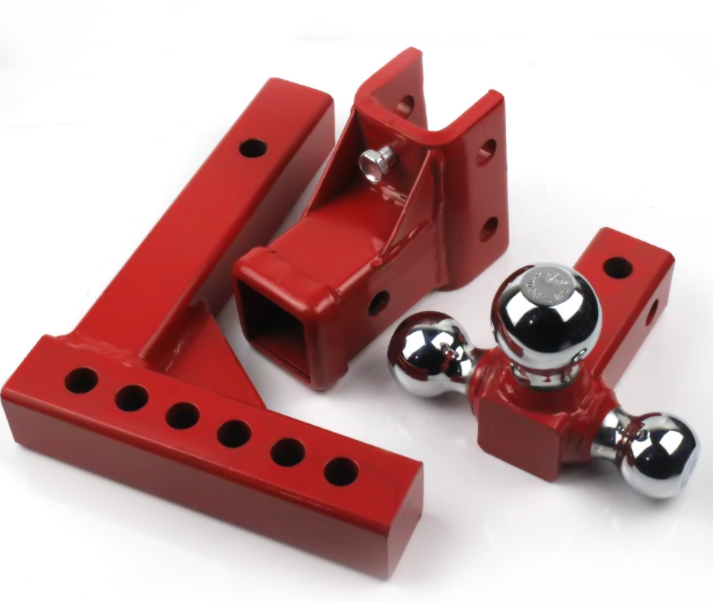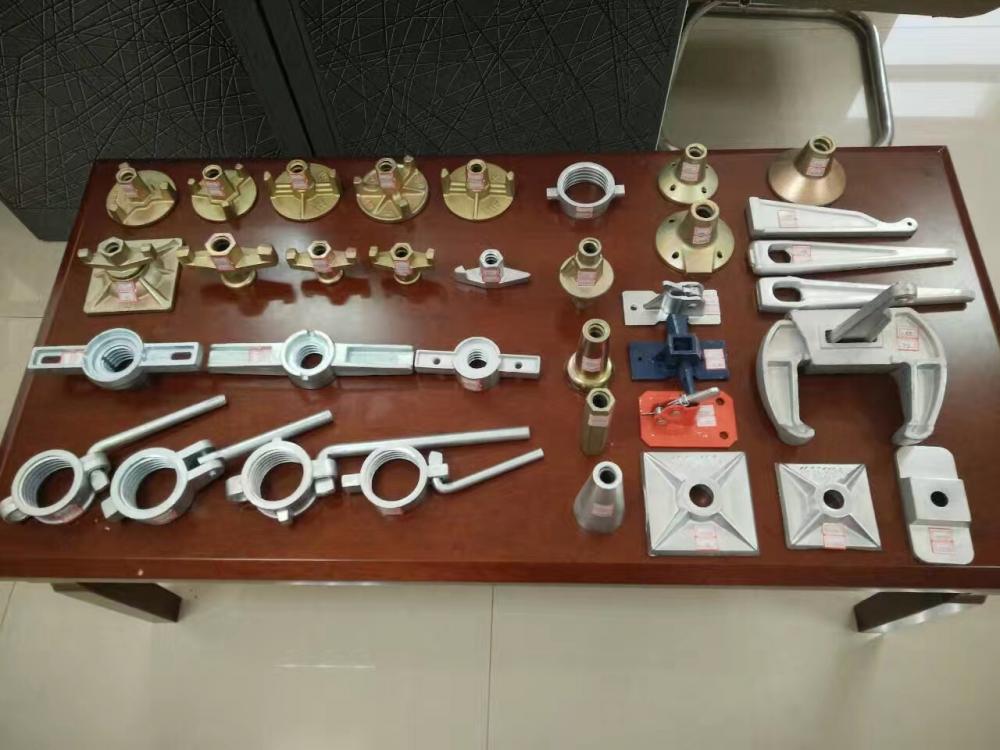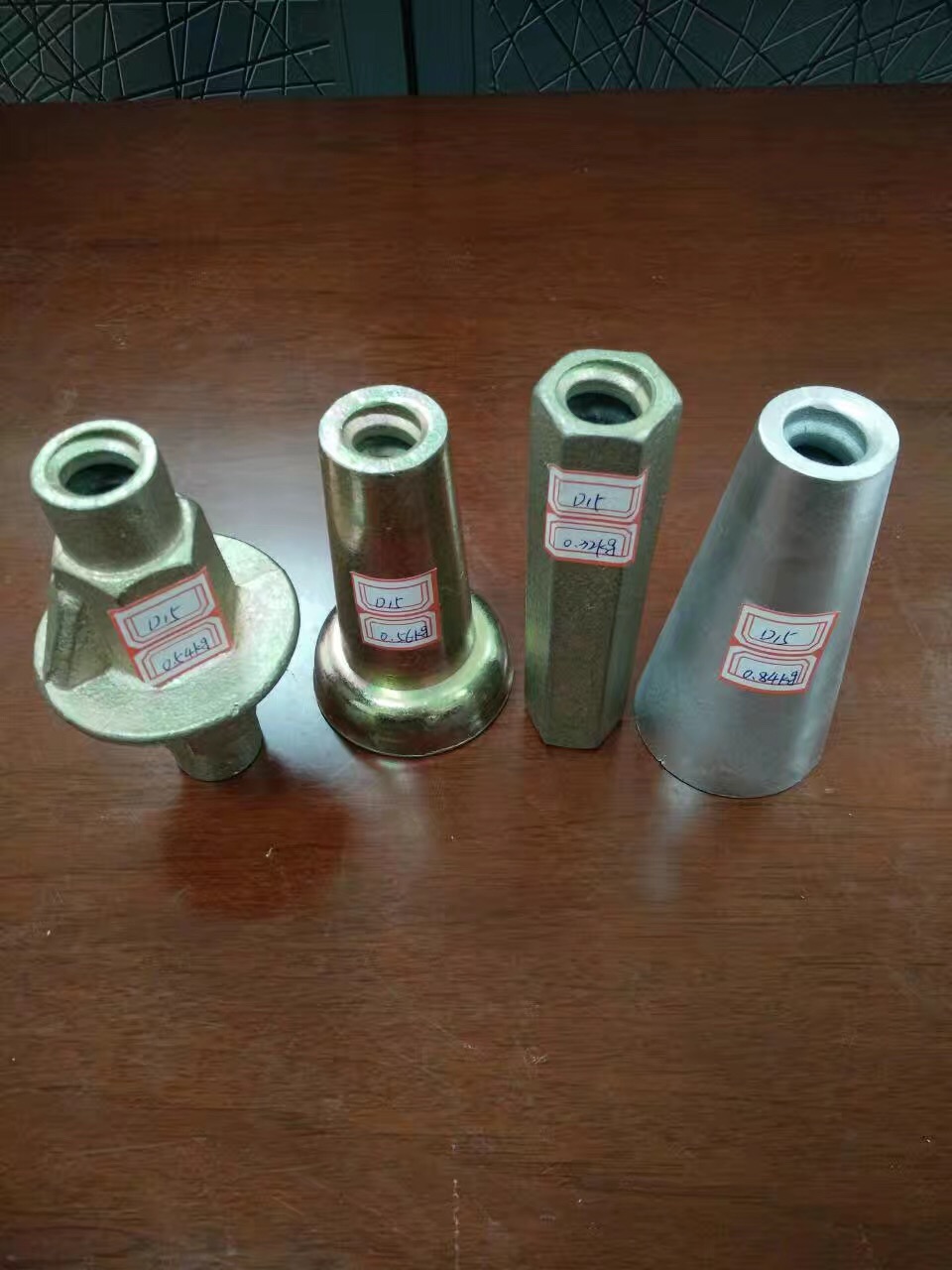In conclusion, sand blasted aluminum die casting auto parts find extensive use in the automotive industry for engine components, transmission components, brake system components, suspension system components, and exterior body parts. The sandblasting process enhances their surface quality, ensuring optimal performance, durability, and aesthetics. Whether used in passenger cars, commercial vehicles, or other applications, sand blasted aluminum die casting auto parts offer reliability and long-lasting performance.
Insufficient Surface Preparation: One of the common causes of faults in sandblasted aluminum die casting auto parts is insufficient surface preparation before the sandblasting process. If the surface is not properly cleaned and prepared, it can result in poor adhesion of the abrasive material, leading to uneven or inadequate sandblasting. This can result in a subpar finish and reduced durability of the parts.
Improper Sandblasting Technique: Another cause of faults is the use of improper sandblasting techniques. If the air pressure or the speed of the abrasive material is not controlled properly, it can lead to excessive erosion of the surface or uneven removal of impurities. This can result in an inconsistent finish, with some areas being over-roughened or under-treated.
Poor Quality Abrasive Material: The choice of abrasive material used in the sandblasting process can also contribute to faults in the parts. If the abrasive material is of low quality or does not match the requirements of the particular aluminum alloy being used, it can cause excessive erosion or damage to the surface. This can lead to roughness, pitting, or other defects in the finished parts.
Inadequate Quality Control: Insufficient quality control measures during the sandblasting process can also result in faults. If there is a lack of proper inspection and monitoring of the sandblasting equipment, it can lead to inconsistencies in the process. This can result in variations in the surface finish and quality of the parts, leading to potential performance issues or aesthetic flaws.
Improper Handling and Storage: Faults in sandblasted aluminum die casting auto parts can also occur due to improper handling and storage after the sandblasting process. If the parts are not handled with care or stored in a suitable environment, they can be susceptible to contamination, scratches, or other forms of damage. This can compromise the integrity of the sandblasted surface and affect the overall quality of the parts.
In conclusion, several factors can contribute to faults in sandblasted aluminum die casting auto parts, including insufficient surface preparation, improper sandblasting techniques, poor quality abrasive material, inadequate quality control, and improper handling and storage. To ensure the production of high-quality parts, it is essential to address these potential causes and implement appropriate measures to prevent or minimize their impact.
5. Troubleshoot the fault Troubleshooting Faults in Sandblasted Aluminum Die Casting Auto Parts:
When dealing with faults in sandblasted aluminum die casting auto parts, it is essential to identify and address the underlying issues to ensure the production of high-quality parts. Here are some common faults and troubleshooting steps:
Uneven Surface Finish:
Cause: Improper sandblasting technique or inconsistent air pressure.
Troubleshooting: Check the sandblasting equipment for any defects or malfunctions. Adjust the air pressure to ensure it is consistent and suitable for the specific part being sandblasted. Proper training and supervision of operators are also crucial to ensure the correct technique is used.
Poor Adhesion of Surface Coatings:
Cause: Insufficient surface preparation or low-quality abrasive material.
Troubleshooting: Thoroughly clean and prepare the surface before sandblasting to remove any contaminants or impurities. Ensure the abrasive material used is of high quality and suitable for the specific aluminum alloy. Regularly inspect the sandblasting equipment to ensure proper functioning.
Rough or Pitted Surface:
Cause: High-speed abrasive material or improper sandblasting technique.
Troubleshooting: Adjust the speed of the abrasive material to prevent excessive erosion of the surface. Train operators to follow the correct sandblasting technique, ensuring consistent and even coverage. Conduct regular quality checks to identify any deviations from the desired finish.
Corrosion or Oxidation:
Cause: Inadequate surface preparation or improper storage.
Troubleshooting: Prioritize thorough surface cleaning and preparation before the sandblasting process. This includes removing any oils, dirt, or oxidation present on the parts. Implement proper storage procedures to protect the sandblasted parts from moisture and other environmental factors that could lead to corrosion.
Inconsistent Quality Control:
Cause: Lack of proper inspection and monitoring during the sandblasting process.
Troubleshooting: Establish a robust quality control system that includes regular inspections of the sandblasting equipment and the finished parts. Implement clear criteria for acceptable surface finishes and conduct random quality checks to ensure consistency.
Damage during Handling or Storage:
Cause: Improper handling or unsuitable storage conditions.
Troubleshooting: Train personnel on proper handling techniques to prevent scratches, dents, or other forms of damage. Implement appropriate storage measures such as using protective packaging, maintaining suitable humidity levels, and avoiding exposure to harsh elements.
In conclusion, troubleshooting faults in sandblasted aluminum die casting auto parts involves addressing issues related to surface finish, coating adhesion, surface quality, corrosion, quality control, and handling/storage. By identifying the root causes and implementing the necessary corrective measures, manufacturers can ensure the production of high-quality parts that meet the rigorous standards of the automotive industry.
6. How to install and use How to Install and Use Sandblasted Aluminum Die Casting Auto Parts:
Installing and using sandblasted aluminum die casting auto parts requires careful attention to detail and following proper procedures. Here is a step-by-step guide on how to install and use these parts effectively:
Pre-installation Preparation:
Ensure that you have the correct sandblasted aluminum die casting auto parts for your specific vehicle model.
Inspect the parts for any visible damage or defects. If any issues are found, contact the supplier or manufacturer for a replacement.
Clean the installation area to ensure a smooth and debris-free surface for proper fitting.
Installation Process:
Follow the vehicle manufacturer's guidelines and recommendations for installing the specific part.
Use appropriate tools and equipment to securely fasten the sandblasted aluminum die casting auto part in place.
Double-check the alignment and positioning of the part to ensure it fits properly and does not interfere with other components.
Post-Installation Considerations:
Inspect the installed part to ensure it is securely attached and properly aligned.
Test the functionality of the part to ensure it operates correctly.
Conduct a visual inspection to ensure there are no visible gaps or areas of concern.
Using Sandblasted Aluminum Die Casting Auto Parts:
Follow the vehicle manufacturer's instructions and guidelines for using the specific part.
Maintain regular maintenance and cleaning schedules to ensure the longevity and optimal performance of the part.
Avoid exposing the sandblasted surface to abrasive materials or harsh chemicals that could damage the finish.
Regularly inspect the part for any signs of wear, damage, or corrosion. If any issues are found, address them promptly to prevent further damage.
Proper Handling:
When handling sandblasted aluminum die casting auto parts, use gloves to avoid leaving fingerprints or oils on the surface.
Avoid dropping or mishandling the parts to prevent any dents or scratches that could damage the finish.
Store the parts in a clean and dry environment to prevent corrosion or contamination.
Conclusion:
Installing and using sandblasted aluminum die casting auto parts requires attention to detail and adherence to proper procedures. By following the steps outlined above, you can ensure the correct installation and effective use of these parts in your vehicle. Proper handling, maintenance, and regular inspections will help maximize the longevity and performance of sandblasted aluminum die casting auto parts.
Ningbo City Yinzhou Ruican Machinery Co, Ltd is direct manufacturer, covers the
Sand Casting Foundry.
Investment Casting Foundry and Machining Workshop, and offer the Ductile Iron &Grey Iron Sand Casting parts, investment casting parts, Aluminium castings and precision machining parts. The produced parts are widely used in Auto Parts: Agricultural, Marine: Architectural Machinery, Medical; Food Machinery,
Valves and so on. The material which we used is ductile iron: Aluminium: Bronze; Brass: Copper: carbon steel: stainless steel end so on.










